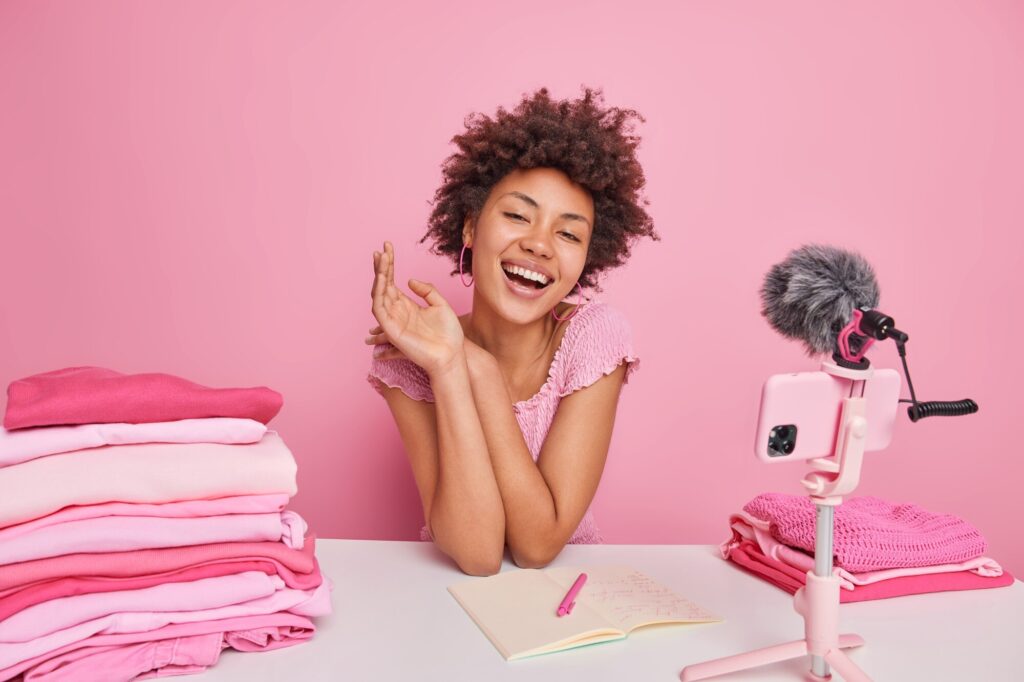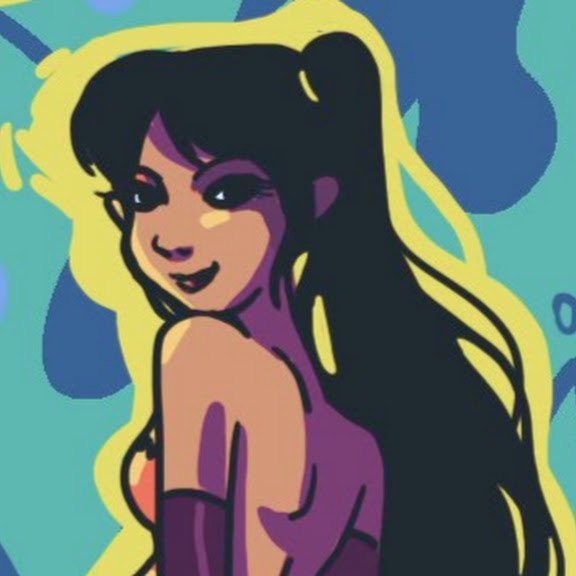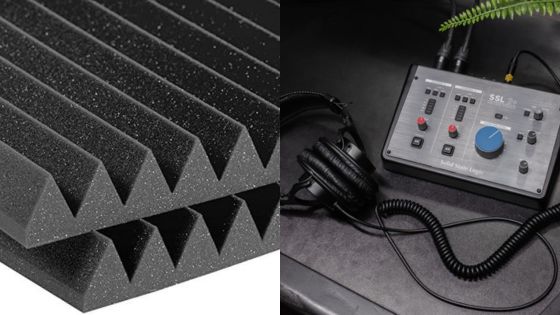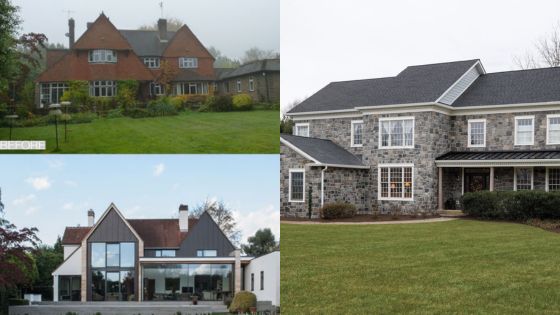
I. Introduction
In the ever-evolving landscape of digital media, the convergence of audio and visual arts is creating new opportunities for engagement and expression. As one of the leading platforms in the music streaming industry, Spotify has not only revolutionized how we consume audio content but has also begun to integrate visual elements to enhance the user experience. This trend has given rise to a new breed of influencers—design influencers—who are leaving their mark on the platform by blending captivating visuals with compelling audio narratives.
The rise of design influencers on Spotify is emblematic of a broader cultural shift where the boundaries between different forms of media are increasingly porous. These influencers bring a unique perspective to the platform, drawing from disciplines such as graphic design, illustration, and digital art to create immersive experiences that go beyond traditional album covers and artist profiles.
II. The Evolution of Spotify as a Platform
Spotify, originally envisioned as a solution to the rampant problem of music piracy, has significantly evolved since its inception in 2006 and gives even unknown artists the opportunity to gather Spotify plays and put their fun club of listeners together .
Today, it stands as a multifaceted platform that not only offers a vast library of audio content but also integrates visual arts in ways that enhance the overall user experience.
A. Spotify’s Growth in Audio Content
Spotify’s journey began with a mission to provide an accessible, legal way for people to listen to music. Over the years, it has grown exponentially, expanding its library to include millions of tracks from diverse genres and artists worldwide. The introduction of playlists, personalized recommendations, and algorithm-driven discovery tools such as Discover Weekly and Release Radar have revolutionized how users interact with music. Podcasts, another significant addition, have turned Spotify into a comprehensive audio platform, catering to varied tastes and preferences.
B. Integration of Visual Arts
As Spotify has matured, the integration of visual arts has become a key aspect of its strategy to enrich the user experience. Album covers, once static images, have evolved into dynamic canvases where artists and designers collaborate to create visually stunning pieces. The platform’s Canvas feature allows for the incorporation of short, looping videos that accompany tracks, adding a new dimension to how users engage with music. These visual elements not only provide additional context to the audio content but also enhance the storytelling aspect, making the listening experience more immersive.
C. Impact on the User Experience
The marriage of audio content and visual arts on Spotify has had a profound impact on the user experience. The platform’s interface has become more engaging and aesthetically pleasing, encouraging users to spend more time exploring and interacting with content. Visual enhancements like Canvas and animated album covers create a more vibrant and dynamic environment, capturing the user’s attention and making the listening experience more memorable.
III. The Role of Design Influencers
In the digital age, the role of influencers has evolved beyond traditional realms to encompass a variety of niches, including design. Design influencers are creative professionals who have garnered significant followings through their expertise in visual aesthetics, branding, and multimedia expression. On a platform like Spotify, where audio content predominantly reigns supreme, the infusion of visual artistry adds a new layer of engagement, making design influencers pivotal to the platform’s evolving ecosystem.
A. Defining Design Influencers
Design influencers are individuals or entities recognized for their ability to shape visual trends and influence public perception through their creative outputs. These professionals often have backgrounds in graphic design, illustration, animation, and other visual arts disciplines. They use their platforms to showcase their work, share insights, and collaborate with brands and other creators. On Spotify, design influencers contribute to the visual identity of playlists, album covers, and even user interfaces, making the auditory experience more immersive and visually cohesive.
B. Influence on Visual Branding
One of the most significant contributions of design influencers on Spotify is their impact on visual branding. Visual branding involves creating a consistent and recognizable aesthetic that resonates with audiences and enhances brand identity. Design influencers bring their unique styles and perspectives to Spotify, helping to craft visually striking album covers, playlist artwork, and promotional materials.
Their influence extends to the overall look and feel of an artist’s presence on the platform. Through strategic use of color schemes, typography, and imagery, design influencers can create a visual narrative that complements the music and enhances the listener’s experience. This not only helps in differentiating artists and playlists but also fosters a deeper emotional connection with the audience.
C. Collaboration with Musicians
The synergy between design influencers and musicians on Spotify is a testament to the power of interdisciplinary collaboration. Musicians often seek out design influencers to create compelling visuals that align with their artistic vision and branding. These collaborations can result in album covers, music videos, social media content, and even stage designs for live performances.
Design influencers bring their expertise to the table, helping musicians translate their sonic identity into a visual language. This partnership is mutually beneficial: musicians gain access to cutting-edge visual aesthetics, while design influencers expand their reach and influence within the music industry. Furthermore, these collaborations can lead to innovative marketing campaigns that leverage the strengths of both parties, ultimately enhancing the overall impact of the music and its visual representation.
IV. Case Studies of Successful Integration
The fusion of audio content and visual arts on Spotify has led to some remarkable collaborations and campaigns, showcasing the power of design influencers in transforming the platform. These case studies highlight how design influencers have successfully integrated their visual prowess with Spotify’s audio features, creating immersive experiences for users.
A. Notable Design Influencers on Spotify
Several design influencers have emerged as key figures in leveraging Spotify’s platform to elevate both their art and the music they partner with. One such influencer is Jessica Walsh, a renowned graphic designer and art director, who has collaborated with various musicians to create visually stunning album covers and promotional materials. Her work on Spotify includes the integration of animated album art and bespoke playlists that resonate with the visual themes of the music.
Another notable influencer is Mike Perry, known for his vibrant and whimsical illustrations. Perry’s collaboration with Spotify involved crafting unique visual identities for curated playlists, which not only caught the eye of users but also enhanced the overall listening experience. His ability to translate auditory themes into visual narratives has set a new standard for playlist branding on the platform.
B. Successful Campaigns
One of the most successful campaigns that illustrate the integration of design influencers on Spotify is the “RapCaviar Pantheon” project. RapCaviar, one of Spotify’s most popular playlists, partnered with several design influencers to create a visually immersive experience that celebrated emerging hip-hop artists. The campaign featured life-sized statues of artists like SZA, Metro Boomin, and 21 Savage, designed by prominent sculptors and integrated into a digital art installation on the Spotify platform. This campaign not only boosted the playlist’s visibility but also provided a unique way for fans to connect with their favorite artists through art.
Another example is the collaboration between Spotify and the design studio Sagmeister & Walsh for the “Year in Music” campaign. The studio created a series of dynamic, data-driven visualizations that represented users’ listening habits over the year. These personalized visuals were shared widely on social media, driving engagement and showcasing the seamless blend of data, design, and music.
C. Lessons Learned
The success of these campaigns offers valuable insights into the effective integration of design influencers on Spotify. Firstly, it is clear that collaboration between musicians and visual artists can create a more engaging and holistic user experience. By aligning the visual elements with the auditory content, users are more likely to form a deeper connection with the music.
Secondly, the use of innovative and interactive design elements, such as animations and data visualizations, can significantly enhance user engagement. These elements not only make the content more appealing but also encourage users to share their experiences, thereby increasing the reach and impact of the campaign.
V. Conclusion
The emergence of design influencers on Spotify marks a significant milestone in the fusion of audio content and visual arts. This convergence has not only enriched the user experience but also opened new avenues for creativity and engagement within the platform. As Spotify continues to evolve, the role of design influencers will likely become even more integral, shaping how users interact with and perceive audio content.
In conclusion, the rise of design influencers on Spotify exemplifies the dynamic interplay between audio and visual arts in the digital age. As the platform continues to innovate, the collaboration between musicians and visual artists will undoubtedly shape the future of content creation and consumption. This trend underscores the growing recognition of the importance of visual storytelling in enriching the audio experience, setting the stage for even more exciting developments in the years to come.
- 3shares
- Facebook0
- Pinterest0
- Twitter3
- Reddit0



